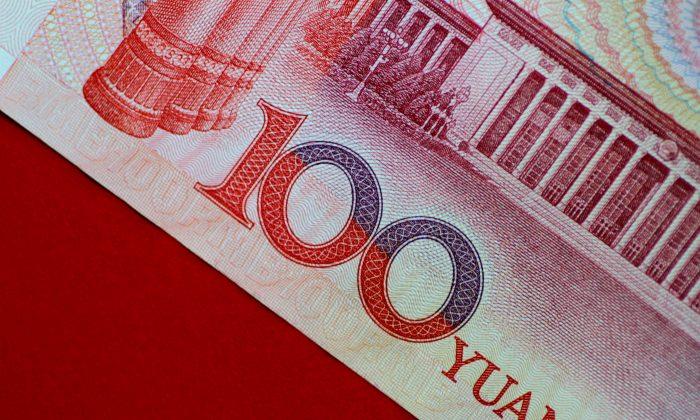Trump on Sept. 17 imposed 10 percent tariffs on about $200 billion worth of Chinese imports, and threatened to levy duties on an additional $267 billion of Chinese goods if Beijing retaliates.
Chinese Vice Premier Liu He is set to convene a meeting in Beijing on Sept. 18 to discuss the government’s response to the U.S. decision, Bloomberg News reported, citing a person briefed on the matter.
After trading sideways in the morning session, China’s blue-chip rose 1.3 percent to 3,245.83 points at 6:03 GMT, while the Shanghai Composite Index gained 1.1 percent to 2,680.99 points.
In Hong Kong, the Hang Seng index dropped 0.1 percent, to 26,898.33 points, having recovered much of early losses. The Hong Kong China Enterprises Index gained 0.3 percent, to 10,491.65.
With around a 20 percent loss so far in 2018, Shanghai’s stock market has joined the crisis-hit trio of Turkey, Argentina and Venezuela among the world’s four worst performers. Besides the headline drop in share values, China’s currency has fallen sharply and share transaction volumes have shrunk.
“After benefiting from persistent upgrades for almost two years, China is now starting to witness downgrades,” CLSA wrote in a research note on Sept. 18, referring to earnings forecasts.
Yuan Dips
The yuan dipped slightly against the dollar.Prior to the market opening, the People’s Bank of China (PBOC) set the midpoint rate CNY=PBOC at 6.8554 per dollar, 45 pips weaker than the previous fix 6.8509.
The spot market CNY=CFXS opened at 6.8760 per dollar and was changing hands at 6.8619 as of 0550 GMT, 66 pips weaker than the previous late session close. The offshore yuan CNH=D3 was trading at 6.867 per dollar at 0550 GMT.
Traders said the renewed Sino-U.S. trade tension piled pressure on the yuan, but market participants refrained from aggressively testing lows for fear the authorities may quickly step in.
Investors were “spontaneously” liquidating their short yuan positions, which lifted the offshore yuan from its intraday low, said a trader at a Chinese bank.
“Market will watch out for China’s possible reaction to the new round of trade tariffs. China is likely to reject the invitation from the U.S. Treasury for the new round of trade talk,” OCBC Bank said in a note on Sept. 18.
Liu Li-gang, chief China economist at Citi, said in a note to clients that the yuan might face more downside pressure.
“The risk and the sluggish domestic demand may exert depreciation pressure on the RMB.”






Friends Read Free